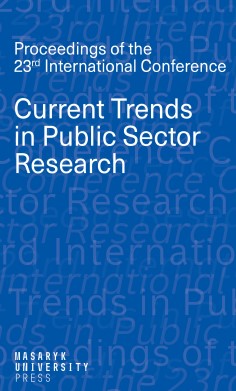Splitting of Environmental Taxes Revenues in the EU
Splitting of Environmental Taxes Revenues in the EU
Author(s): Jarmila Zimmermannová, Jolana Skaličková
Subject(s): Energy and Environmental Studies, Economic policy, Environmental and Energy policy, EU-Approach / EU-Accession / EU-Development, Fiscal Politics / Budgeting, Transport / Logistics
Published by: Masarykova univerzita nakladatelství
Keywords: tax revenues; cluster analysis; energy taxation; transport taxation; EU ETS;
Summary/Abstract: Currently, EU member states use different kinds of economic instruments of environmental protection. Besides their environmental impact, the main reason for economic instruments implementation is their fiscal impact, precisely revenues of public budgets. The main goal of this paper is to find similarities in EU-28, to find the groups of countries with the same fiscal impact of economic instruments on public budget revenues. The method of cluster analysis is used, based on EUROSTAT and EEX data sets for the year 2016. Three categories of economic instruments’ revenues (per capita) are selected as a base for cluster analysis, with available data for all EU-28 countries – energy taxes without EU ETS, EU ETS and transport taxes. We can distinguish six clusters in total, precisely group A characteristic by low tax revenues and low EU ETS revenues, group B with high tax revenues and low EU ETS revenues, group C with low tax revenues and high EU ETS revenues, group D represented by middle tax revenues and middle EU ETS revenues, group E and group F, both represented by one country with extremely high tax revenues. Generally, countries of Central and Eastern Europe are not grouped only in one group, they have all low tax revenues, but there are differences in EU ETS revenues. Focusing on northern countries of EU, they are characteristic by rather higher or high tax revenues, but they are also split into different clusters.
Book: Current Trends in Public Sector Research: Proceedings of the 23rd International Conference
- Page Range: 253-260
- Page Count: 8
- Publication Year: 2019
- Language: Czech
- Content File-PDF

